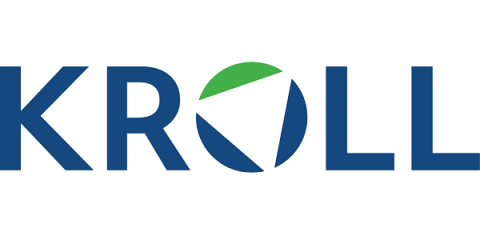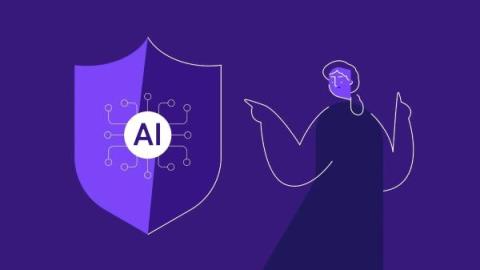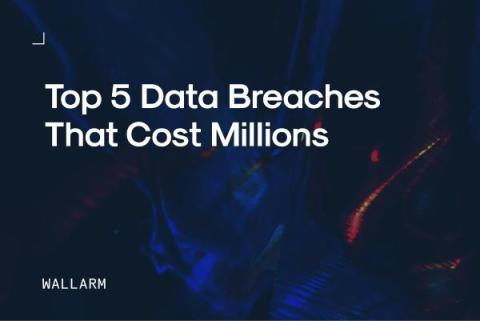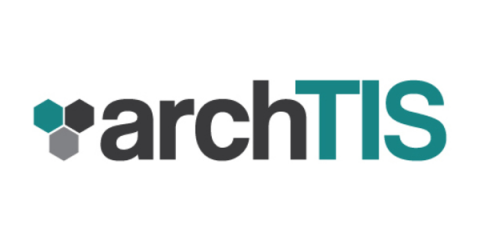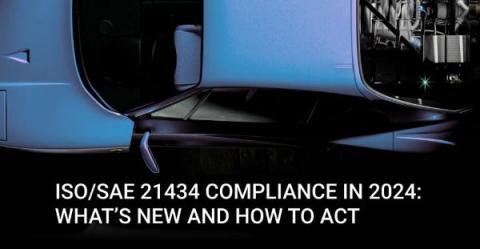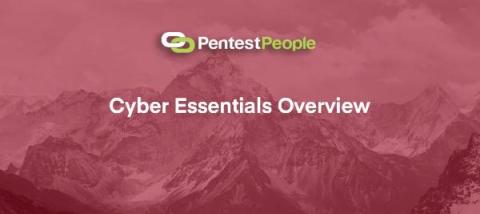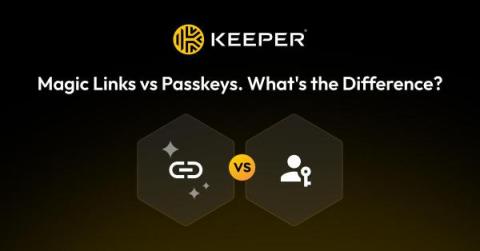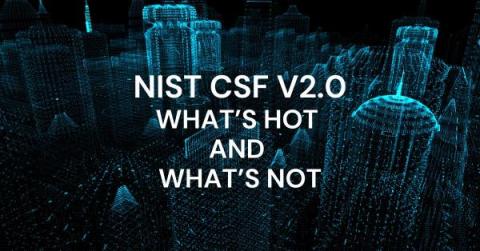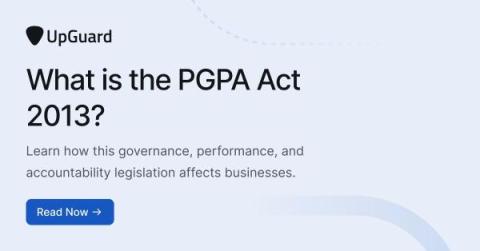Elevating a Housing Association's Security Posture with Managed XDR for Microsoft
Learn about careers with us and search open job opportunities here. As one of the largest housing associations in the UK, Southern Housing was concerned about being targeted due to a sharp increase in cyberattacks on its industry. The organization also needed to broaden its defenses in response to the shift to remote and hybrid working.


